Unique experiences in Old Town Quito reveal a side of the city that goes beyond its well-known religious and historical facades.
The Historic Centre of Quito is a place where the conventional meets the unexpected, offering visitors a chance to explore its hidden gems. Picture discovering a microbrewery housed within an old chapel, dining in a restaurant that was once a church, dancing the night away in a nightclub set within the remains of a burned-out theater, or enjoying a meal in a Louisiana-style eatery located in a reputedly haunted 17th-century townhouse. This blend of the traditional and the unconventional makes Quito’s Old Town a must-visit for those looking to experience the city’s rich cultural tapestry paired with a twist of the unexpected.
This is a city full of eccentricity and intrigue: human faces are painted like statues, the cure for a broken heart comes in a bottle, and imbibing metal makes you stronger.
Keep an open mind in quirky Quito and a whole new city will open up for you, where you try Ecuadorian wine (or buy communion wine from nuns) and watch live music or get your hair cut in the strangest of places that you certainly won’t find in the guide book.
Eat po’ boys in a haunted café
Café Dios No Muere is the epitome of a culture clash, where Ecuadorian history meets Cajun cuisine. The 17th century building is made up of three creaky floors: an atmospheric ground-floor bar, a first floor dining room from where you can see the bar below through the floorboards, and the third-floor salon, with battered old sofas, accessible via a ladder.
The menu offers a mixture of Ecuadorian classics and Louisiana fare, like po’ boy sandwiches and jambalaya. The building is said to have been where the body of former Ecuadorian president Gabriel García Moreno after he was assassinated in 1875, and with its current, eccentric landlord (whose young son is often dressed in a bow tie and rushes up the ladder to answer the ringing bell) it maintains an air of intrigue.
Get your groove on in a burned out theatre
Opened in 1933 as Quito’s most illustrious venue with a capacity of 2,400, art nouveau Teatro Bolívar used to host prestigious events. But in 1999, a gas blaze originating from a nearby Pizza Hut destroyed the complex, ending the theatre’s reign as a cultural establishment.
After a huge fundraising push, the theatre itself has been refurbished, and its burned out entrance and bar have been turned into a trendy nightspot, Wonder 1933, where international acts play alongside Ecuador’s up-and-coming DJs. The bar areas retain a feel of devastated grandeur and a ghostliness of a bygone era. If late-night boogeying is not your thing, check out the ground-floor Café Galletti, a stylish coffee house serving 100 percent Ecuadorian products.
Have your face painted like a religious statue
Rosario Incarnación (Simon Bolivar y Cuenca) has built her establishment on painting religious statues and icons, refurbishing and sprucing up your favourite wooden saints. But the Quiteña offers another service: painting over blemishes on human faces. Burns, scars, rashes and patches are all fair game for this artist, just make sure you go with an umbrella.
Buy love potions at the market
She loves me, she loves me not… Have the final say in the matter when you buy an ointment in San Francisco market. Located in the Ancestral Medicine section, remedies claim to help desire, jealousy, and even mend broken hearts. Also on sale in these stall are fresh herbs for every known ailment, with knowledge of traditional medicine passed on from generation to generation.
For $5 you can be cleansed in an Andean ritual involving local plants, woods and incantations, or be cured of “espanto”, a state of nervousness. San Francisco market is also the place to spot Ecuador’s myriad exotic fruit and vegetables, and to mingle with Quiteños going about their daily shopping.
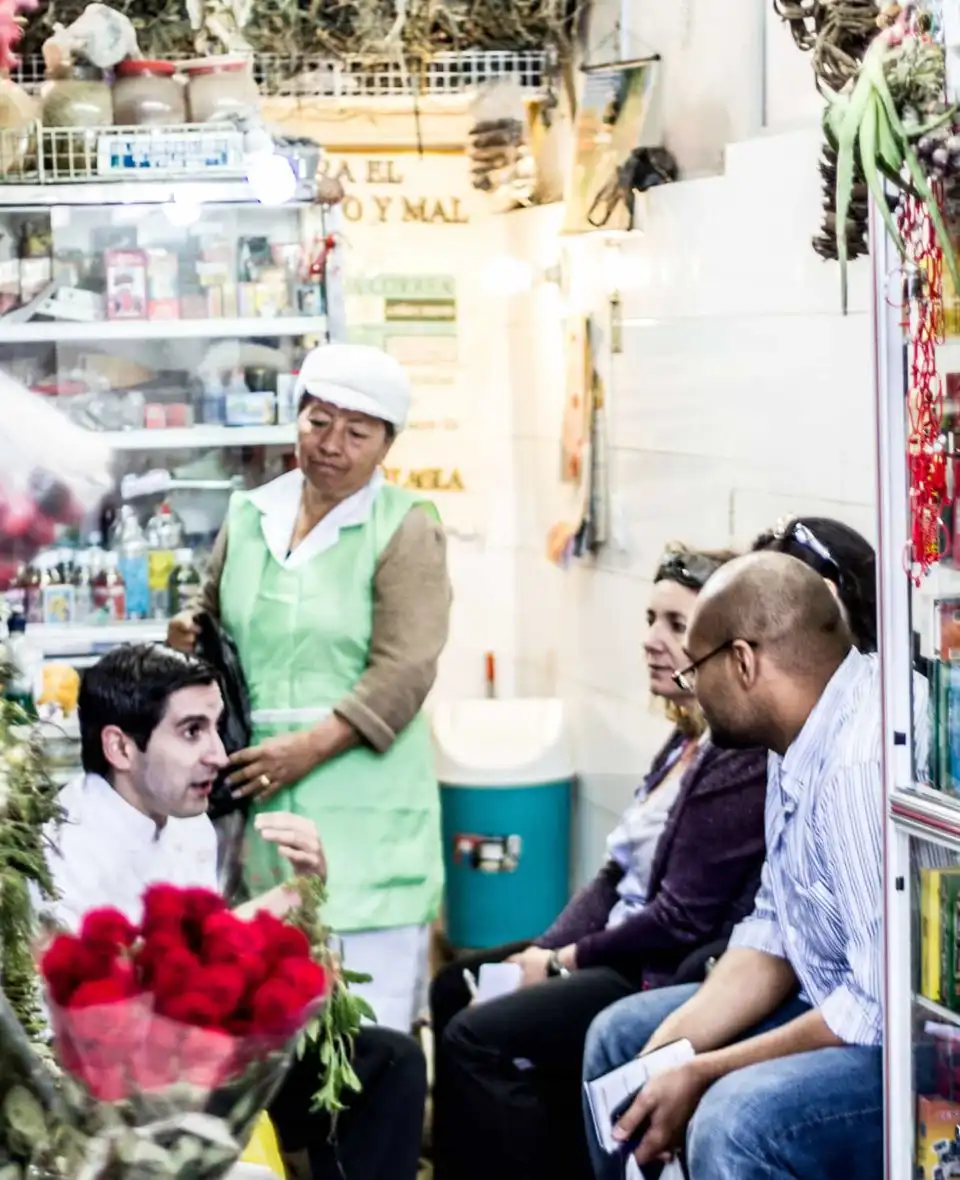
Taste Ecuadorian wine in a treasure trove
You would be forgiven for never having tried Ecuadorian wine. Between the handful of local brands, none have managed to reach the heights of their Chilean or Argentinian counterparts. But at Octava de Corpus, located on San Marcos’s bohemian Junín street, local labels take precedence on the wine list, and the restaurant’s effusive owner Jaime Burgos will happily guide you through the options.
The wine selection is far from the most eccentric aspect of Octava de Corpus. Sprawled over several rooms and floors of a lovely old town house it looks more like an antiques shop than an eatery with every free space rammed with collections of knickknacks: sets of shells and dollhouses, copper pots and ceramic spoons, Chinese screens and Ecuadorian figurines.
Freak out at the Wax Museum
If you’ve always wanted to see an eerily lifelike recreation of a historically important killing, you’re in luck. The Alberto Mena Caamaño Museum, located just off Plaza Grande on Garcia Moreno and Espejo, tells the story of Ecuador from 1736 – 1835 through the medium of wax, with strikingly realistic figures representing some of the country’s greatest milestones.
One of these is the depiction of the massacre August 2, 1810, that would change the course of Quito’s bid from independence from its Spanish conquistadors. Artist Alexander Barbieri took inspiration from an early 20th century painting “The Sacrifice of Quiroga” by César Villacrés to create his work, now an establishment of the city’s historical offerings.
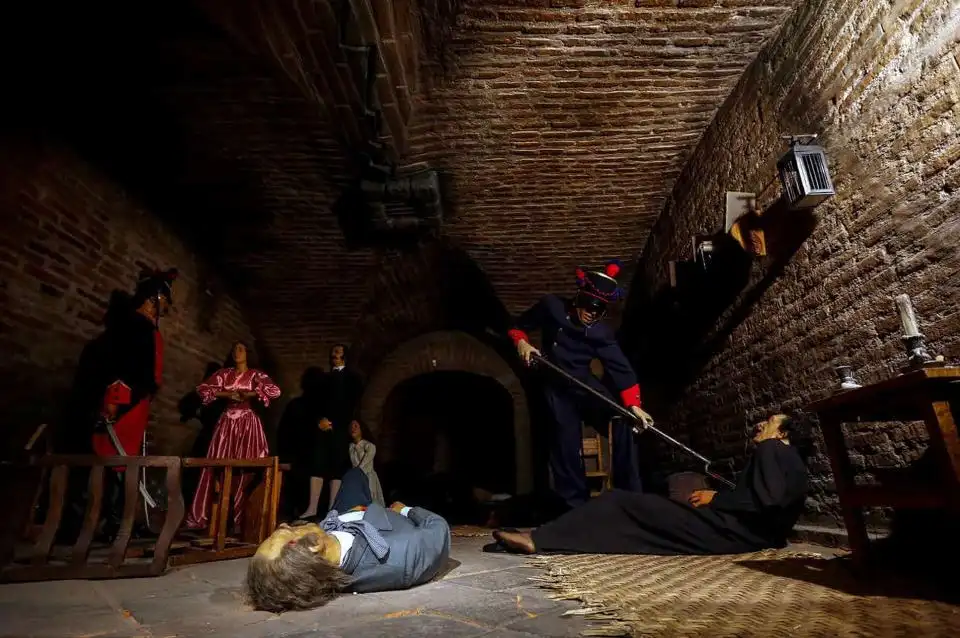
Drink iron filings at a bizarre bazaar
Plaza Arenas Market is a kooky place: filled with bric-a-brac from the worthless and enchanting (roller skates, electric guitar or TV remote: it’s all here!), it is the most bizarre of Quito’s bazaars. In a perfect example of urban symbiosis, two vendors work together to form an unlikely combination: Maestro Vinicio, the metal smith, hands his iron filings over to the juice bar.
The idea is that the metal is sprinkled into the juice for a robust and nutritious beverage, intended to make the drinker strong and healthy. If that doesn’t do it for you, you can always get your haircut, your pants taken up, or pray a little in one of the myriad stalls.
Watch bands do battle where bulls used to
Many moons ago, one of Quito’s most beloved forms of entertainment was watching bulls and matadors go head to head in a huge, central arena. A tradition inherited from Spanish conquistadors, it was mainly undertaken in late November/early December during the Fiestas de Quito when the city celebrated its foundation.
However, in 2011 the killing of the bulls was banned after then-president Rafael Correa deemed it “torture”. But rather than let the prodigious Plaza de Toros in the traditional San Blas neighbourhood go to waste, the venue began to host cultural events, including international rock concerts. Venture down during the Fiestas to watch Quiteños get loose, with not a matador in sight.
Drink tea in a 17th century chapel…
Tucked into Loma Grande, one of the Old Town’s most traditional neighbourhoods, is a stunning 17th century chapel, whose white-washed exterior and sun-kissed courtyard are matched by its interior, frescoed with serene images of the saints. But this is no religious museum, despite of the legend of Christ’s appearance that leant it its name, the Capilla del Milagros, or Chapel of Miracles
This place is in fact a restaurant and café, serving gourmet traditional Ecuadorian fare. There are cocktails, brunch, and even an after-dinner show, where you can see traditional dancing out on the cobbled patio.
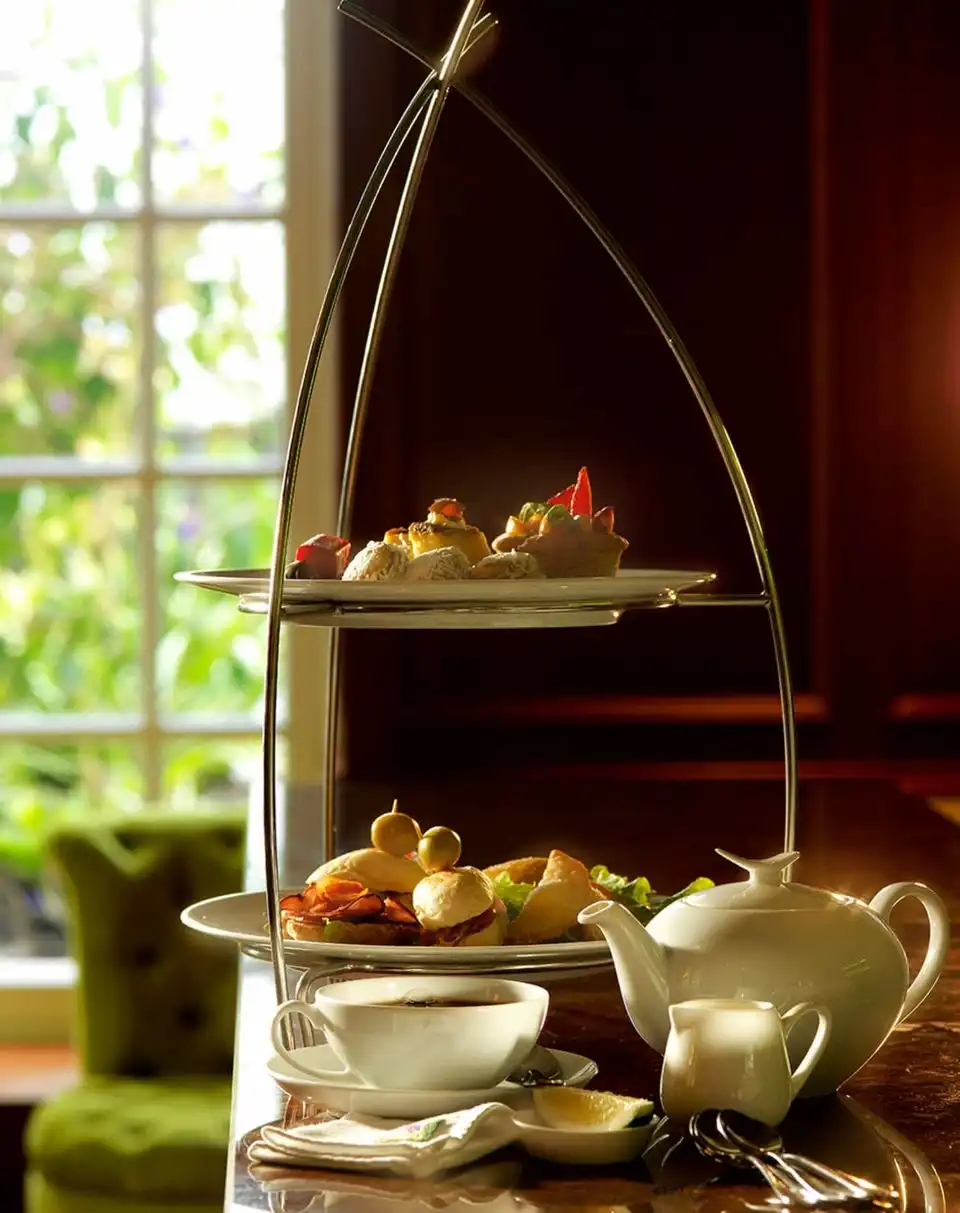
Or down craft beer in a 19th century church
If you’re looking for something a little stronger, but still like the idea of making merry within a former religious building, Bandido Brewing is your place of worship. Opened by gringo artisanal beer enthusiasts several years ago to become the first microbrewery in the Old Town, Bandidos is found within a building dating back to the 1850s, in the cozy La Tola neighbourhood – and has its own chapel.
In fact, many of the benches and eccentric bits and bobs decorating the bar are taken from the original church. With the tag line “churches, culture, and craft beer” Bandidos has eight different beers on tap, one of which is sure is please each of your party, from a robust pumpkin ale, to a warming honey-ginger saison. Here you’ll find a good balance of locals and foreigners and live blue-grass and gypsy bands.
Spy animals frozen in stone on the Basilica
There’s something not-quite-right about the Basilica del Voto Nacional. Its steeples spike impressively into the sky, in the manner of all neo-Gothic buildings worth their salt. Its clocks sometimes tell the right time. Each of the saints are represented in the dingy interior.
No, what’s truly strange about the Basilica, the largest of its kind in Latin America, is its gargoyles. Not mythical, nightmarish beasts as its style dictates, but Ecuador’s most emblematic creatures frozen in stone like they’d been glared at by snake-locked Medusa.
There are Galapagos turtles and dolphins, iguanas and caiman, jaguars and frogs stuck in a perpetual leap from the outside of the building. Spot as many of these unfortunate souls as you can before ascending to the top of the tower to get a stunning view of the city.
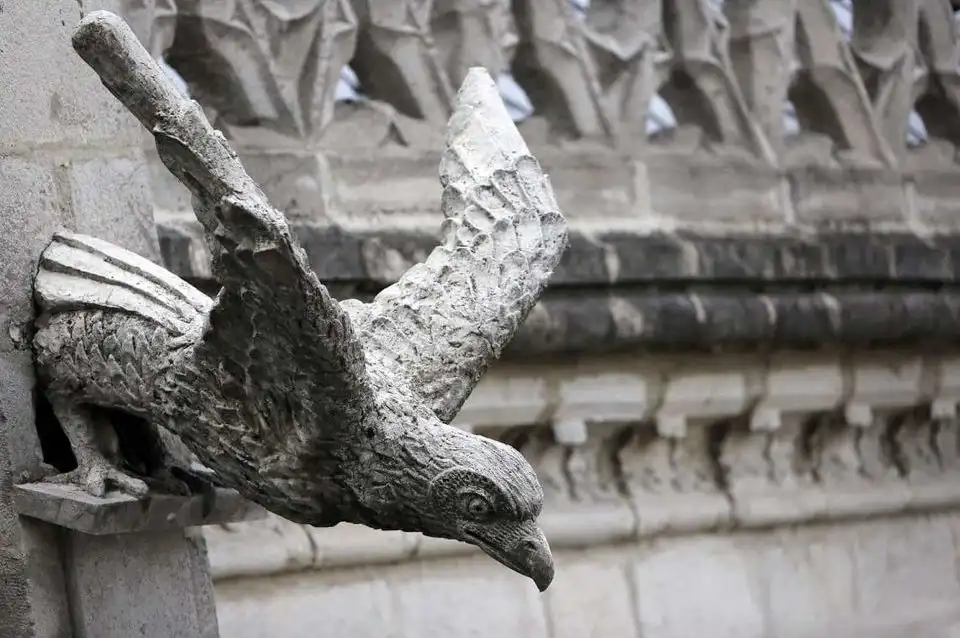
Live the society life on Casa Gangotena’s patio
The British aren’t the only ones who know how to throw a classy tea party. Inspired by high society family who lived in the house in the early 20th century, Casa Gangotena hosts a daily Café Quiteño, a midafternoon ceremony of local teas and coffees, accompanied by a tower of mini-sandwiches, pastries, and Ecuadorian sweets.
This high tea-style event (free for guests) is held on patio, a light-filled, elegant space filled with a delightful mixture of exuberant plants and furniture, much of it in classic rattan. Traditionally, the Café Quiteño has been an opportunity for acquaintances to catch up on gossip and put the world to rights in an atmosphere of laid-back refinement.
Eat chocolate people
The only problem about buying chocolates from Chez Tiff is that they’re so pretty that you’re won’t want to eat them. But you will. The artisanal chocolate shop on the lovely La Ronda street not only creates marble-coloured truffles and delicate bars, but also miniature versions of the Old Town’s most famous figures. There are indigenous women in traditional dress, cucuruchos in their ominous purple coned hoods, and even a little chocolatier in tall white chef’s cap, all formed out of delicious chocolate made from Ecuador’s world-renowned cocoa beans.
You could even buy one of Oswaldo Guayasamin’s famous works etched in chocolate, or a scene of Quito’s mountainous skyline. For those wishing to experience the true “spirit” of Ecuador, the truffles laced with Pajaro Azul, a potent liquor meaning “Blue Bird”, ought to do the trick.
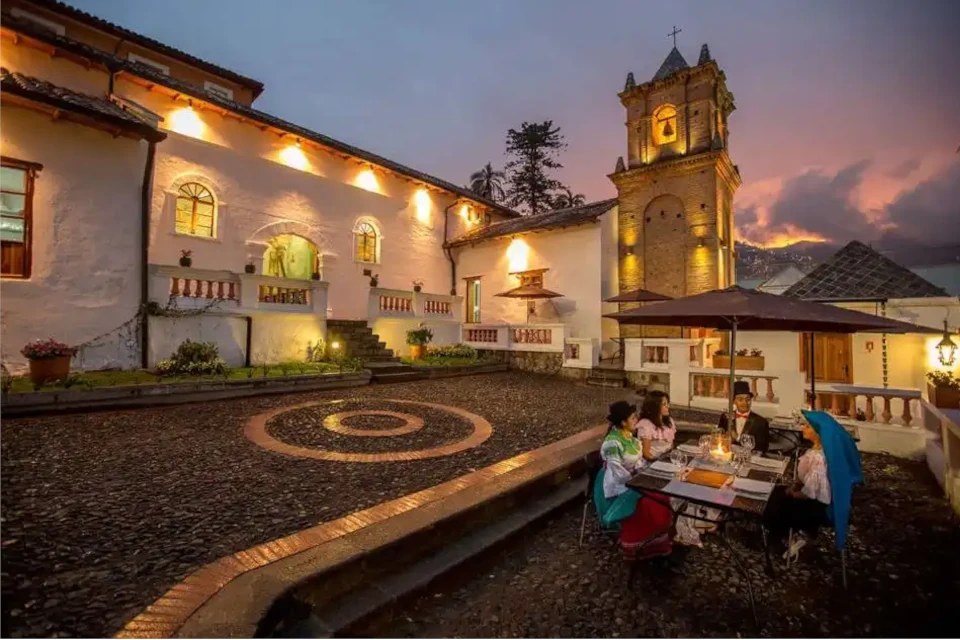
Buy communion wine from cloistered nuns
It’s easy to see the Catholic influence on Quito from the high concentration of religious buildings scattered around the Historic Centre. And these complexes are far from relics. As well as continuing to play host to the city’s thousands of worshippers week in and week out and the myriad Catholic festivals, some of these places are still house cloistered nuns.
Carmen Alto, for example, was built in the 17th century and is home to dozens of nuns today. The sisters here create income for the convent by making communion wine from Chilean grapes, as well as traditional medicines made from their own herbs and plants. You can buy these wares via an ancient turnstile, one of the very few moments the nuns have contact with the outside world.
Get your hair cut under the presidential palace
One of the most charming things about Quito’s presidential palace is how accessible it is. Far from being closed off for government business, it is open to the public, as is Plaza Grande where it is located, always a hive of activity and not only during the popular changing of the guard ceremony.
All sorts of activities take place on the square from coffee-drinking to shoe-shining. One business you’ll find tucked underneath the presidential palace is a traditional barber shop. Fitted with old-fashioned leather chairs, the place does a good trade as a salon, whether or not the president is home.



